What is 45 GAP ammo?🧐
It is a relatively new pistol cartridge developed by Glock, an Austrian firearms manufacturer, in 2003. The primary goal of creating this cartridge was to provide a powerful .45 caliber option that could fit into a more compact handgun frame, similar to 9mm and .40 S&W pistols, without sacrificing stopping power.
Features📢
The .45 GAP (Glock Automatic Pistol) ammunition was a niche cartridge developed by Glock, specifically for their handguns. Here are the key features:
🔷 Shorter Cartridge: It has a shorter case, allowing it to fit into a more compact grip frame, which is advantageous for those who prefer handguns with a smaller grip circumference.
🔷 Higher Pressure: To compensate for the shorter case, the .45 GAP operates at a higher pressure. This higher pressure helps to achieve similar ballistics and performance as the .45 ACP.
🔷 Magazine Capacity: Due to the smaller dimensions of this cartridge, some Glock models chambered in .45 GAP can hold more rounds in their magazines compared to the equivalent models chambered in .45 ACP.
🔷 Ballistics: The ballistics are comparable to those of the .45 ACP, offering good stopping power and effectiveness for self-defense and law enforcement applications.
Benefits🔥
The .45 GAP (Glock Automatic Pistol) ammunition offers several benefits, which contribute to its popularity among some gun owners. Here are some of the advantages:
💣 It delivers substantial stopping power due to its larger bullet diameter and heavy bullet weight. This makes it an effective choice for self-defense and law enforcement applications.
💣 Despite its higher pressure, this ammo can have slightly milder recoil than .45 ACP due to the smaller case volume. This can make it more manageable for some shooters, allowing for faster follow-up shots.
💣 It was developed by Glock, and their handguns are known for their reliability and durability. Users can expect the same level of reliability and performance when using .45 GAP in Glock pistols.
💣 Some gun owners simply enjoy the novelty and uniqueness of shooting a less common caliber like .45 GAP, making it an attractive choice for collectors and firearm enthusiasts.
How to make 45 GAP cases from 45 ACP cases?🤔
Converting such a case requires careful attention to detail and precision, as it involves resizing and reshaping the case. For informational purposes, here’s a general outline of the process:
🛠️ Materials Needed:
- ⚡ .45 ACP brass cases;
- ⚡ .45 GAP reloading dies (specifically designed for resizing .45 ACP cases to .45 GAP dimensions);
- ⚡ Reloading press;
- ⚡ Lubricant (for resizing);
- ⚡ Case trimmer (optional, for trimming the case to the correct length);
- ⚡ .45 GAP ammunition components (primers, powder, bullets).
⬇️ Steps:
| ✔️ Cleaning: Ensure that your .45 ACP brass cases are clean and free of debris before proceeding. |
| ✔️ Lubrication: Apply a proper lubricant to the cases to make resizing easier and prevent any damage to the brass. |
| ✔️ Resizing: Set up the reloading dies for .45 GAP in your reloading press according to the manufacturer’s instructions. Carefully resize the .45 ACP brass cases using the .45 GAP resizing die. |
| ✔️ Trimming (optional): Depending on the specific dimensions of your cases and the requirements of the .45 GAP load data, you may need to trim the cases to the correct length using a case trimmer. |
| ✔️ Chamfering and deburring: After resizing and trimming (if necessary), chamfer and deburr the case mouth to ensure smooth bullet seating. |
| ✔️ Primer installation: Install appropriate .45 GAP primers into the resized cases using a proper priming tool. |
| ✔️ Powder charging: Follow safe reloading practices to charge the cases with the correct amount of powder for .45 GAP loads. |
| ✔️ Bullet seating: Seat .45 GAP bullets to the appropriate depth in the resized and charged cases, ensuring proper overall cartridge length. |
| ✔️ Crimping (if required): Depending on your specific load data and bullet type, you may need to apply a proper crimp to the completed rounds. |
📝 Reloading ammunition requires knowledge, experience, and the correct equipment, so if you’re new to reloading, seek guidance from an experienced reloader or take a certified reloading course.
45 GAP Ammo Review | Top-2 45 GAP Ammo
| Image | Product | Brand | |
|---|---|---|---|
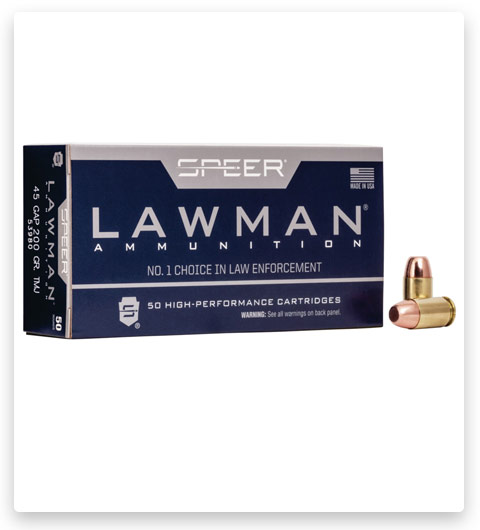 | Speer Lawman Handgun Training 45 GAP Ammo 200 grain | Speer Lawman |  |
 | Speer Lawman Handgun Training 45 GAP Ammo 185 grain | Speer Lawman |  |
1# Speer Lawman Handgun Training 45 GAP Ammo 200 grain
Our team had the opportunity to review the Speer Lawman Handgun Training 45 GAP Ammo, and we were genuinely impressed with its performance. When it comes to consistency, this ammo delivers superb results, making it an excellent choice for your target shooting needs. One of the features we noticed was how closely it mimics the feel and point of aim of your self-defense loads. This characteristic allows you to train with confidence, knowing that your practice sessions align closely with real-life scenarios. The 200-grain full metal jacket (FMJ) bullet, with its plated jacket encapsulating the lead core, ensures reliable performance during shooting. This design not only enhances accuracy but also contributes to the overall consistency of the rounds. During our tests, the Speer Lawman training ammunition demonstrated a muzzle velocity of 990 ft/s and a muzzle energy of 435 ft-lbs, making it suitable for target shooting applications. It provides the performance you need without compromising on quality.
2# Speer Lawman Handgun Training 45 GAP Ammo 185 grain
After putting the Speer Lawman Handgun Training 45 GAP Ammo to the test, our team can confidently say that it’s an excellent choice for shooters seeking top-notch performance without breaking the bank. This ammo proves to be a reliable and cost-effective option for target shooting sessions. One of the most impressive aspects is how closely it matches the feel and point of aim of comparable self-defense loads found in the market. This means you can hone your skills and technique with confidence, knowing that your training translates seamlessly to real-life scenarios. The 185-grain full metal jacket (FMJ) bullet, with its specialized TMJ jacket encasing the lead core, ensures consistent expansion and reliable performance during firing. This level of consistency plays a significant role in maintaining accuracy and overall effectiveness on the range. We were also pleased to discover that this ammo is reloadable, offering not only cost savings but also a more eco-friendly approach to shooting. Whether you’re a seasoned shooter or a beginner looking to improve, this ammo is a valuable addition to your training arsenal.
45ACP vs 45 GAP: what better?💡
.45 ACP (Automatic Colt Pistol) and .45 GAP (Glock Automatic Pistol) are both popular handgun cartridges, each with unique characteristics and purposes. Here’s a comparison of the two:
| 🟣 Cartridge Dimensions: | ✨ The .45 ACP cartridge has a longer case length of about 0.898 inches (22.8 mm). | ✨ The .45 GAP cartridge has a shorter case length of about 0.755 inches (19.2 mm). |
| 🟣 Origin and Development: | ✨ The .45 ACP cartridge has a long history, dating back to 1911 when it was developed by John Browning for the Colt M1911 pistol. It has been a popular and widely used cartridge for over a century. | ✨ The .45 GAP cartridge was developed by Glock in the early 2000s to offer a .45 caliber option in a more compact grip frame suitable for shooters with smaller hands. Glock intended to provide the stopping power of .45 ACP with higher magazine capacity and more manageable recoil. |
| 🟣 Magazine Capacity: | ✨ Due to its longer case length, the .45 ACP typically results in slightly lower magazine capacity compared to the .45 GAP in firearms of similar size. | ✨ The shorter case of .45 GAP allows for increased magazine capacity in some Glock models, providing a balance between higher round count and stopping power. |
| 🟣 Ballistics: | ✨ .45 ACP ammunition is known for its heavy bullets (typically 230 grains) and moderate muzzle velocity, resulting in excellent stopping power and penetration. | ✨ To compensate for the shorter case length, .45 GAP ammunition operates at higher pressures. As a result, it achieves similar ballistics and performance to .45 ACP, with slightly milder recoil. |
| 🟣 Availability: | ✨ .45 ACP is a widely available and popular cartridge, with a vast selection of ammunition choices from various manufacturers. | ✨ While .45 GAP is commercially available, it may not be as widely stocked as .45 ACP in all firearm and ammunition retailers. |
| 🟣 Firearm Compatibility: | ✨ Many handguns are chambered for .45 ACP, including the iconic 1911 platform, numerous modern semi-automatic pistols, and some revolvers. | ✨ The .45 GAP is primarily used in Glock pistols specifically designed for this cartridge. While Glock offers several models chambered in .45 GAP, the cartridge is less common in other firearm platforms. |
😉 Ultimately, the choice between .45 ACP and .45 GAP depends on individual preferences, intended use, firearm compatibility, and ammunition availability. Both cartridges offer significant stopping power and are suitable for self-defense and law enforcement applications.
FAQ😎
Conclusion😉
45 GAP ammo is a round that has been used for self-defense and concealed carry for years. In this article, we’ve reviewed the best ammo on the market to help make your purchase easier. We’ve also answered some common questions about it to help you understand the benefits of this caliber. We hope this information helps you find the best one for your needs. Good luck!🤩🎯
Tags: 45 gap ammo, 45 gap ammo for sale, glock 45 gap ammo, 45 gap ammo prices, 45 gap bulk ammo, 45 gap ammo review, glock 45 gap ammo for sale
#Best #45 Gap #Ammo #Review #Remington #Winchester #Self #Homme #Defense #Hornady #Sale #Ballistics #Glock #Sale #Bulk
Affiliate Disclosure: Rotorm.com sometimes gets paid for listings, through sponsors or affiliate programs like Amazon, Optics Planet, Lucky Gunner, Brownells, Cabelas, Rainier Arms, 5.11 Tactical, Bass Pro Shop, etс. Clicking a link helps keep Rotorm.com free, at no extra cost to you!
About the author: Each article on our site is written by experts in survival and tactical equipment, gun enthusiasts, extreme travelers, military, law enforcement and desperate professionals, read about the author at the bottom of the article or visit "About Us" page.
Note: The views and opinions expressed in this article are those of the authors and do not necessarily reflect the official policy or position of any agency.

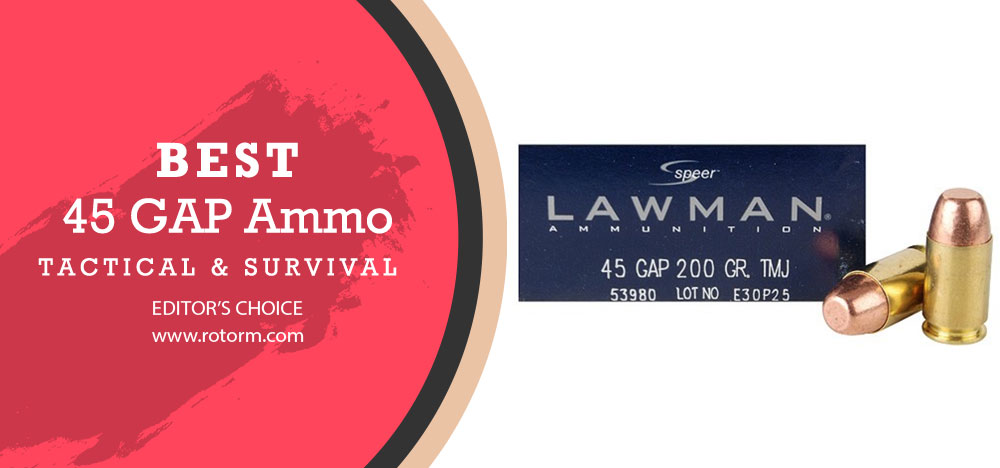
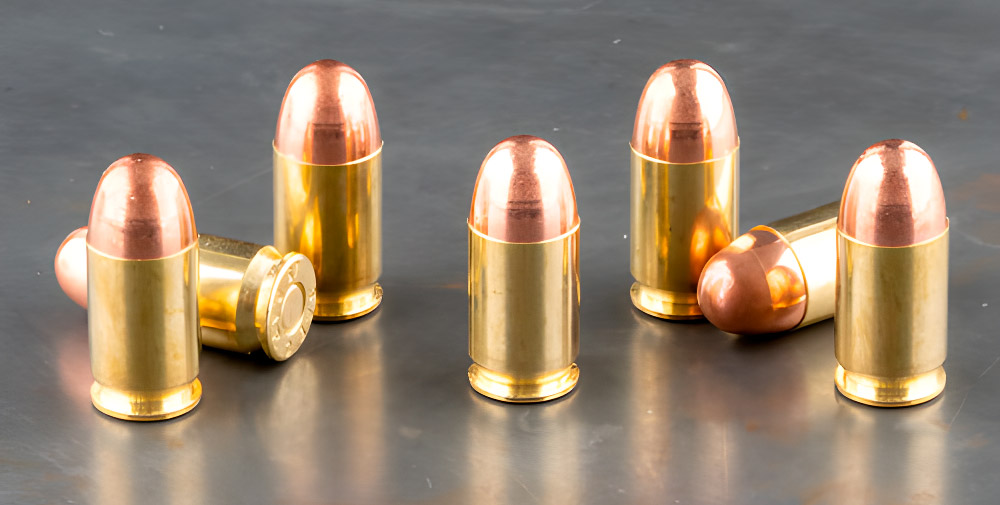
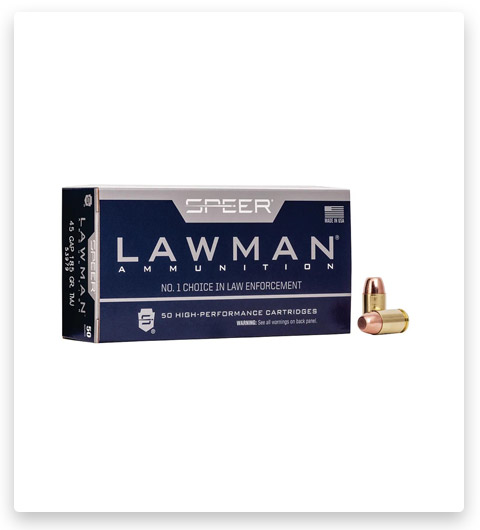
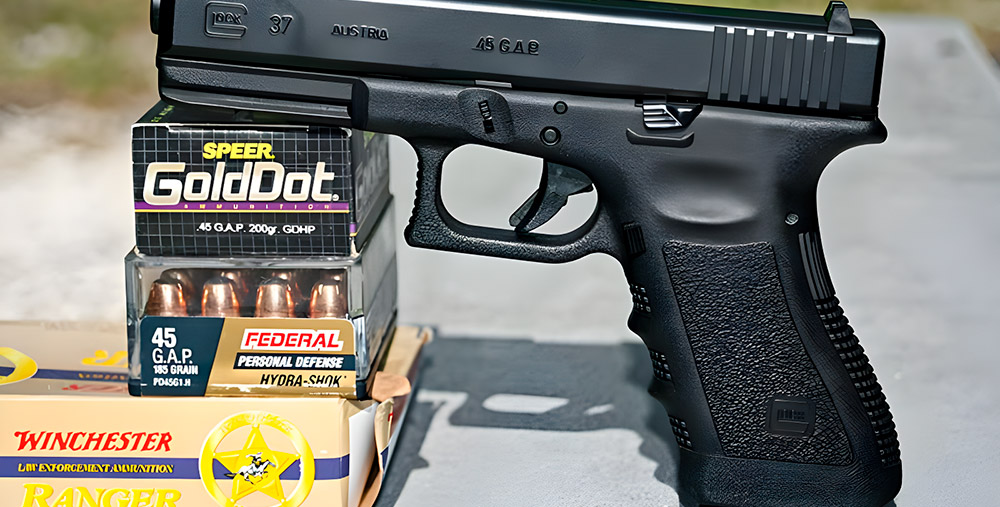
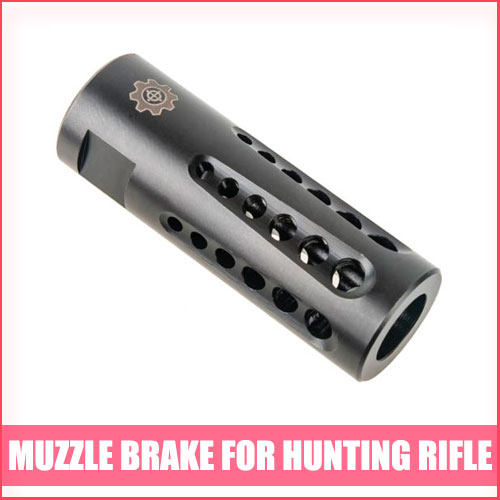
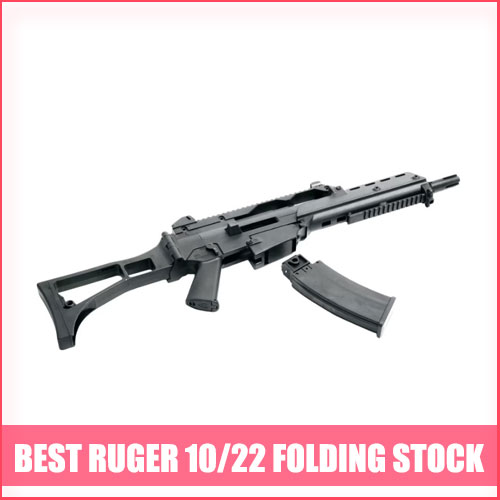
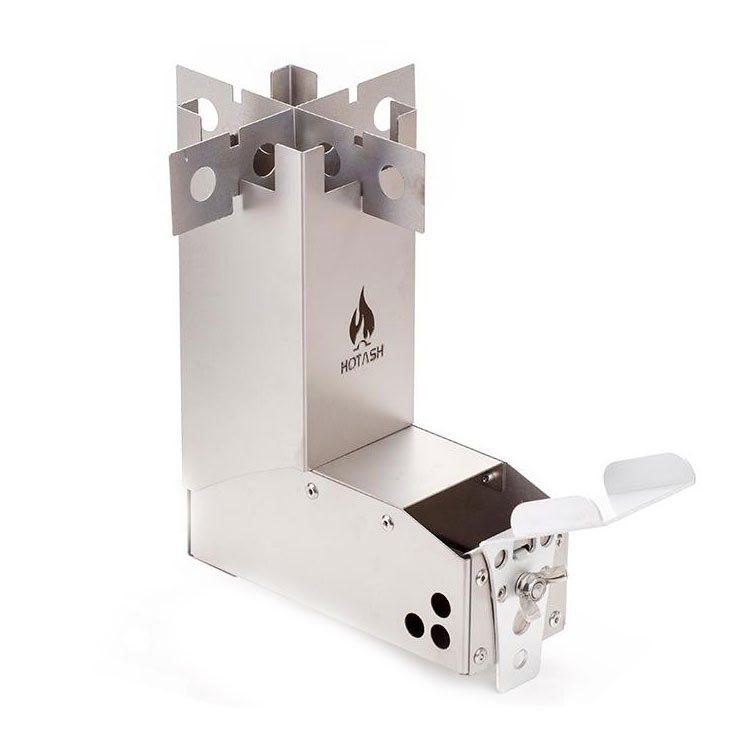

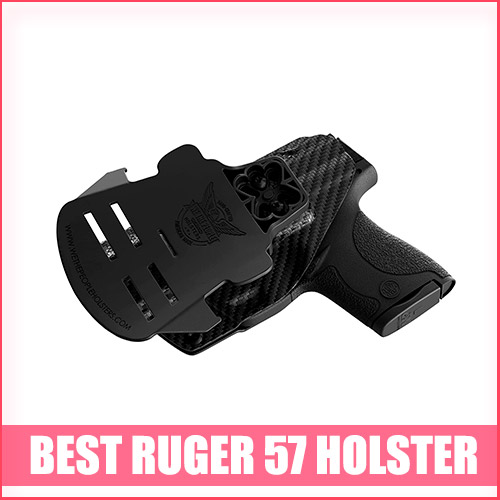
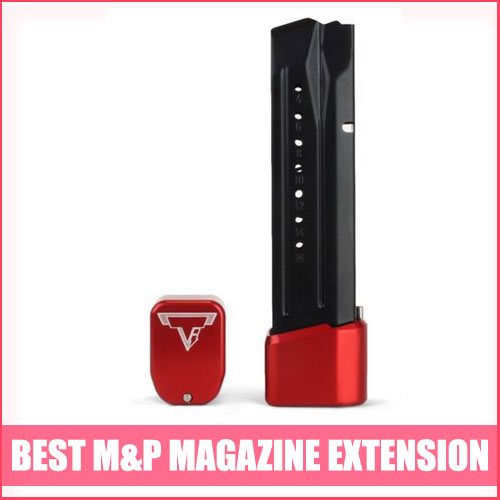
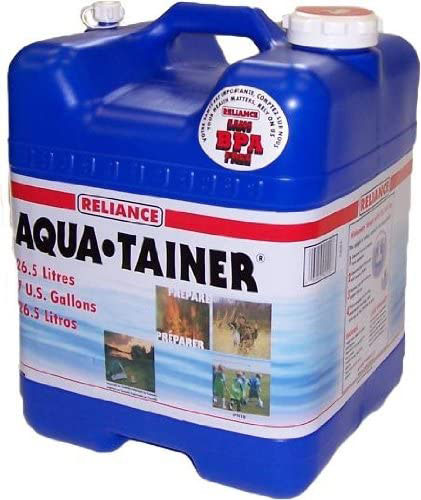
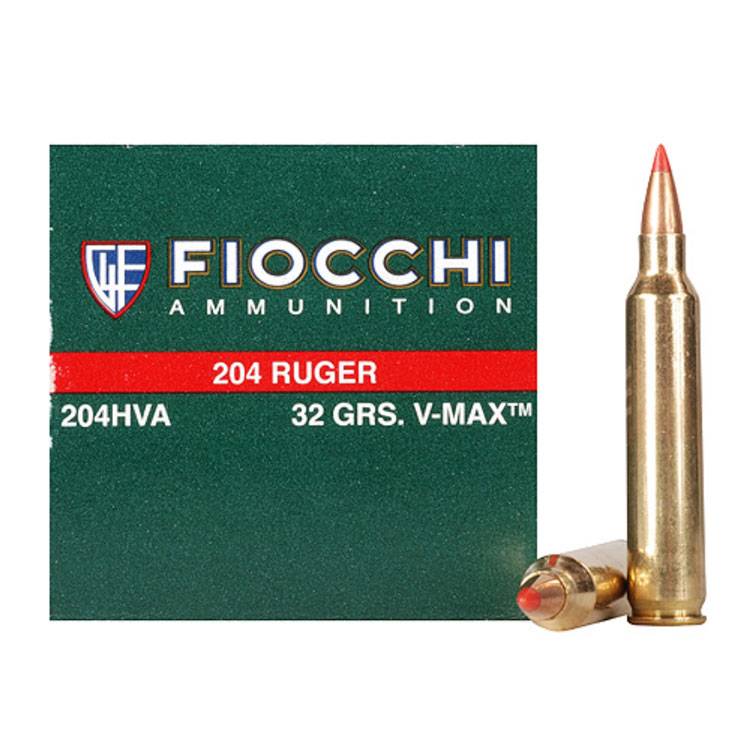
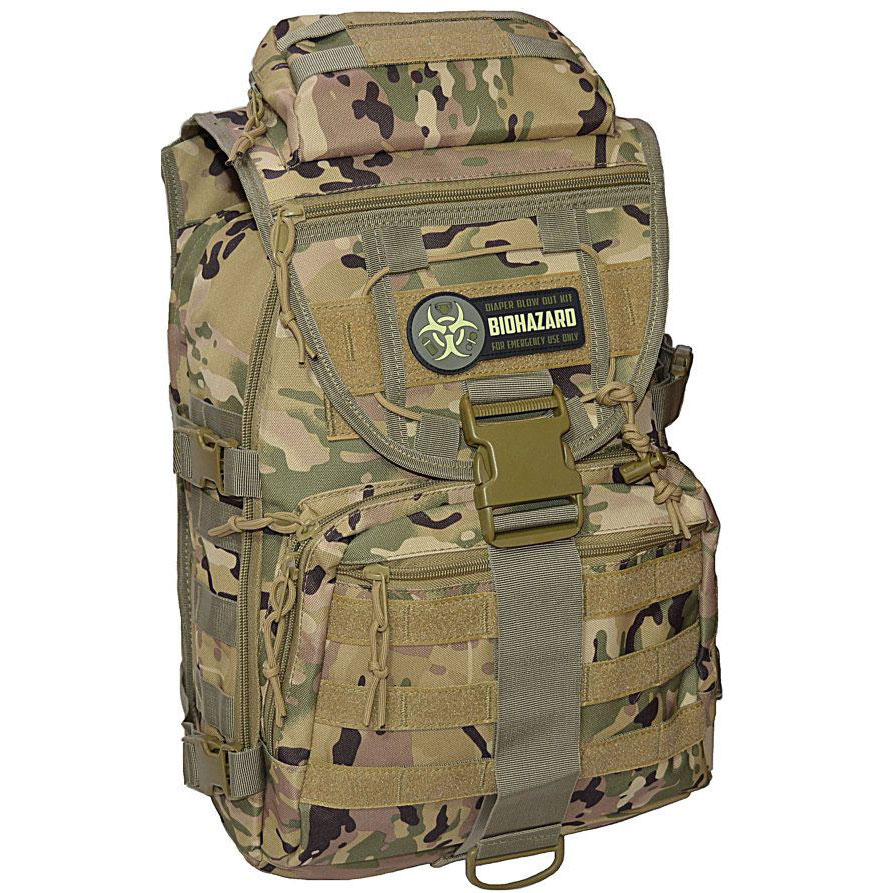
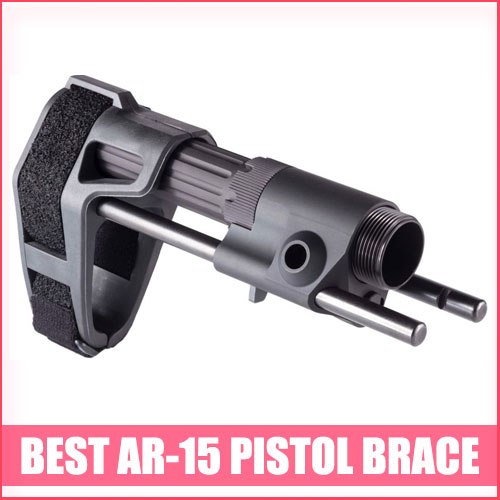
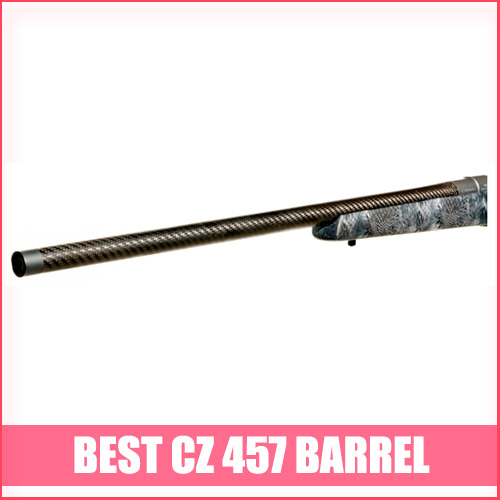
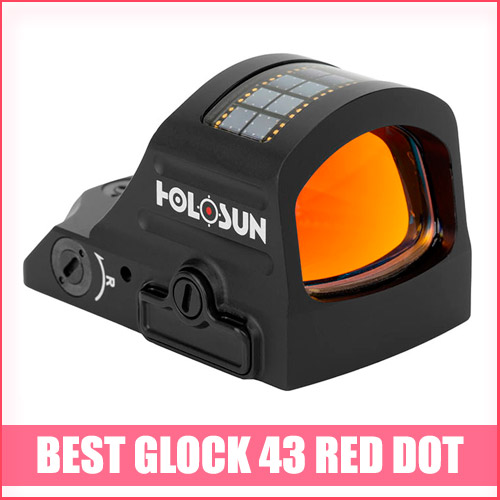
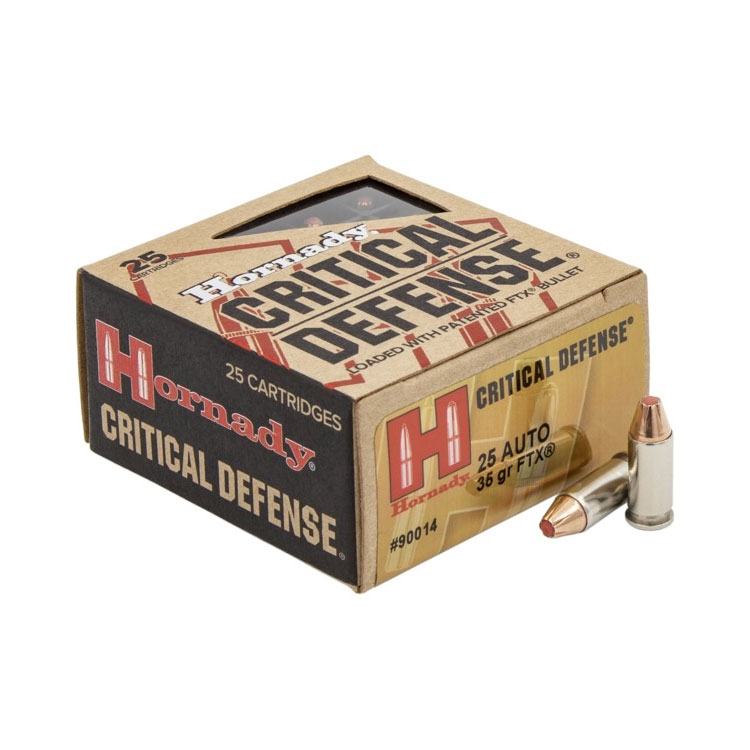
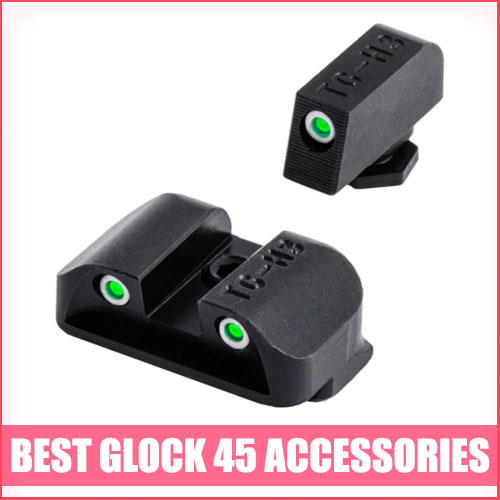

I’ve recently rekindled my interest in 1911 pistols and would love to use up this .45 GAP ammo in them. I’ve noticed that the .45 GAP feeds and ejects smoothly while hand cycling, but I’m wondering if shooting it in 1911 would be like shooting a .38 Special in a .357 Magnum. Since only the extractor holds the round, I’m concerned if it’s safe and if there’s a risk of something breaking or getting damaged. Any insights or advice on this matter would be greatly appreciated.
Based on my understanding, it seems that shooting .45 GAP ammo in a 1911 might be possible, but it’s not recommended. While it may work for a few rounds, the .45 GAP’s shorter case could lead to some issues. Both the .45 ACP and .45 GAP headspace at the case mouth, and with the shorter .45 GAP case, it appears that the round is held in battery only by the extractor when the firing pin strikes the primer. This setup could result in excessive headspace at the time of firing, causing the casing to slam rearward into the face of the slide, potentially leading to damage or other issues. Considering these potential risks, it’s best to avoid shooting .45 GAP in a 1911 and stick to using appropriate ammunition specifically designed for the firearm. While it might work on occasion, it’s not worth risking damage to the gun or compromising safety.
I came across a tempting online deal for a Glock 39, and I thought it could be a great option for concealed carry. However, after some consideration, I realized that the .45 GAP round it uses might be a bit expensive. I’m now unsure if this is a wise decision or not. On the other hand, I do have reloading experience, and I’ve heard that .45 GAP is enjoyable to shoot. I’d appreciate any opinions or insights on whether the Glock 39 and .45 GAP have any merits or if it’s a better idea to look elsewhere.
I used to own a .45 GAP pistol for a while, and I found that brass and 180-grain .45 projectiles were quite affordable. I had a great shooting experience with it, and it proved to be extremely accurate. However, I learned not to use cast lead bullets in it. However, if you don’t want to reload – the Speer Lawman Handgun Training 45 GAP Ammo 185 Grain may be a great choice!
I’m considering getting a .45 caliber handgun next, and the Glock 38 has caught my attention. However, I’m curious about the .45 GAP and how it compares to the .45 ACP. Are there any notable pros and cons between the two? Thank you for any insights or advice you can provide.
As far as I know, the .45 GAP shares the small frame construction with 9mm, .40, and .357 SIG guns, while the .45 ACP and 10mm are in the large frame format. This difference in frame size can be an essential factor to consider when deciding between the two calibers.
Based on my understanding, it seems that the .45 GAP was Glock’s effort to create a shorter, slower version of the .45 ACP. However, it appears that the main issue with the .45 ACP was that many people already considered it too slow, and reducing the velocity even further with the .45 GAP made it less effective. Considering this, I believe sticking with my Glock 19 for carry would be a better choice.
In my opinion, the .45 GAP (Glock Automatic Pistol) is an interesting cartridge. Can you share some experience using it?
I find the .45 GAP to be a fascinating cartridge, but I can’t help but think it’s somewhat unnecessary when there are so many other widely available rounds that are less likely to become obsolete or hard to find in the future. I often debate with myself about which round would be the most optimal for various situations. On paper or in my close-quarters-combat daydreams, rounds like 10mm, .45 GAP, and .357 SIG always seem amazing, but in reality, I tend to opt for more standard rounds when it comes to buying a new firearm.